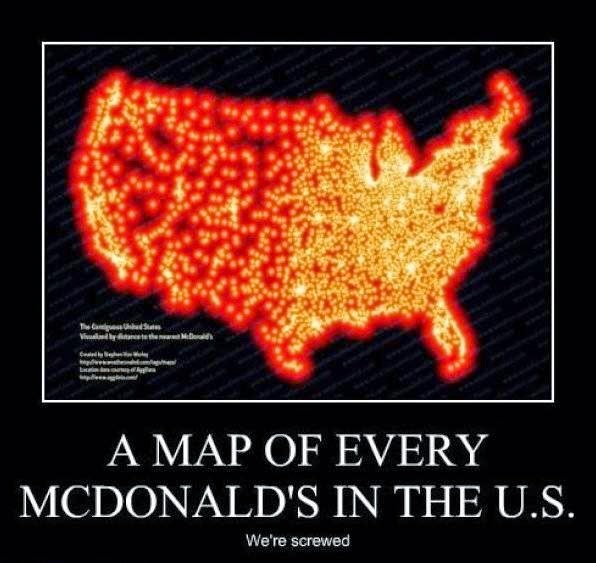Book Review, The Dot by Peter Reynolds: I wanted to share this book review with parents who are faced with the concern they feel when their child tells them, “I can’t.” We want to be encouraging without being too overbearing. It gets trickier as they get older and more sophisticated in their “mind-reading” skills. They seem to know when we’re concerned and in turn become increasingly averse to our guidance. It’s a finicky line to walk, and I am grateful to have found this gem from the local library. It’s called, The Dot by Peter H.Reynolds.
Reynolds tells the tale of a little girl who adamantly claims that she can’t draw. It’s a clean and simple tale with a big message. That one little dot marks the beginning if a little girl’s journey of surprise and self-discovery. This book is inspiring to kids and should give young audiences a boost of confidence. It was comforting to see my “I can’t” child intrinsically is drawn to the dot.
As a parent the recognition of the life-changing influence books can have for a child is validated by a phenomenal read from brainpickings.org. Maria Popova shares the wisdom of Neil Gaiman on Why We Read and What Books Do for the Human Experience. Popova also shares Gaiman’s piece titled “Why Our Future Depends on Libraries, Reading, and Daydreaming.” I couldn’t agree more and have been most grateful for the local librarians and their relationships with my children.
So if you have a child who is struggling with something, a message from a book can help open the doors of opportunity. Regardless of whether your child can read or not, reading to your child is just as important. Deliver the messages and support your local library by granting your child with regular attendance and fostering their relationship with the librarians. I’ll leave you with a quote from Gaiman,
“We all-adults and children, writers and readers- have an obligation to daydream. We have an obligation to imagine. It is easy to pretend that nobody can change anything, that we are in a world in which society is huge and the individual if less than nothing: an atom in a wall, a grain of rice in a rice field. But the truth is, individuals change their world over and over, individuals make the future, and they do it by imagining that things can be different.”

 I would like to provide some resources on both nutrition and PORTION size individualized for each little one. Parents simply need to constantly remind themselves that little ones have little bellies and the rule of thumb for portion size is the size of their teeny tiny fists. Take a good look because that is literally 1 chicken nugget for some two-year-olds. I know my boys could eat more at that age especially during a growth spurt but during the times that they only ate their expected portion size, I knew not to worry. I’ve included a link to Dr.Berry Brazelton on the subject of examining our expectations and dealing with our anxieties when it comes to
I would like to provide some resources on both nutrition and PORTION size individualized for each little one. Parents simply need to constantly remind themselves that little ones have little bellies and the rule of thumb for portion size is the size of their teeny tiny fists. Take a good look because that is literally 1 chicken nugget for some two-year-olds. I know my boys could eat more at that age especially during a growth spurt but during the times that they only ate their expected portion size, I knew not to worry. I’ve included a link to Dr.Berry Brazelton on the subject of examining our expectations and dealing with our anxieties when it comes to  My boys actually had tantrums when the other drank the “broccoli juice” from the bottom of the broccoli bowl at dinner. They read my version of that book since they were 6 months old. They are listening and learning very early on and developing their relationship with food in many different mediums of learning. They include language (both written and verbal), observation (watching family & peers), environmental (opportunities for mass exposure to a variety of foods) and most importantly, experience (being active participants in selection, manipulation/play and tasting); notice I did not mention eating. Eating is at the very top of all the layers of foundation a child has to experience before getting to the last step of eating.
My boys actually had tantrums when the other drank the “broccoli juice” from the bottom of the broccoli bowl at dinner. They read my version of that book since they were 6 months old. They are listening and learning very early on and developing their relationship with food in many different mediums of learning. They include language (both written and verbal), observation (watching family & peers), environmental (opportunities for mass exposure to a variety of foods) and most importantly, experience (being active participants in selection, manipulation/play and tasting); notice I did not mention eating. Eating is at the very top of all the layers of foundation a child has to experience before getting to the last step of eating.


